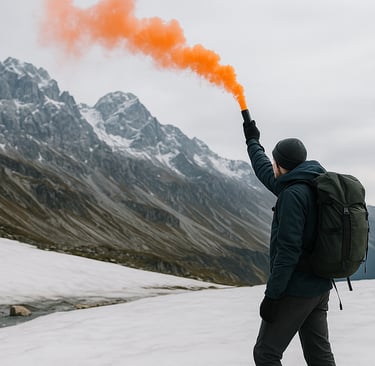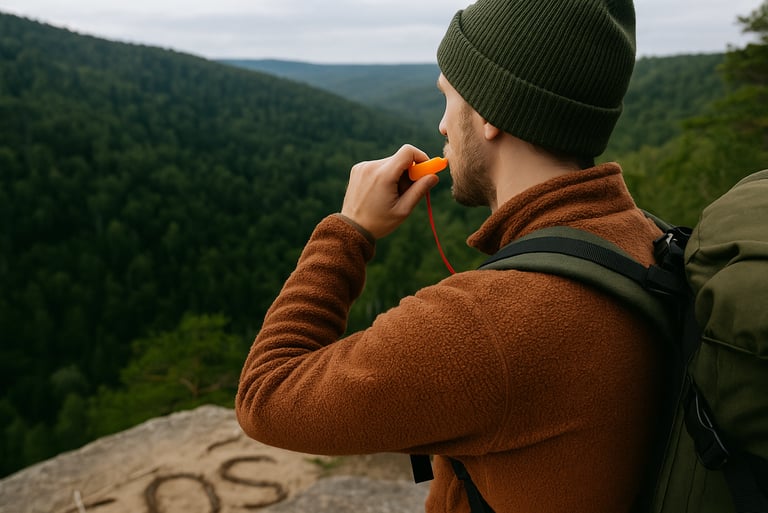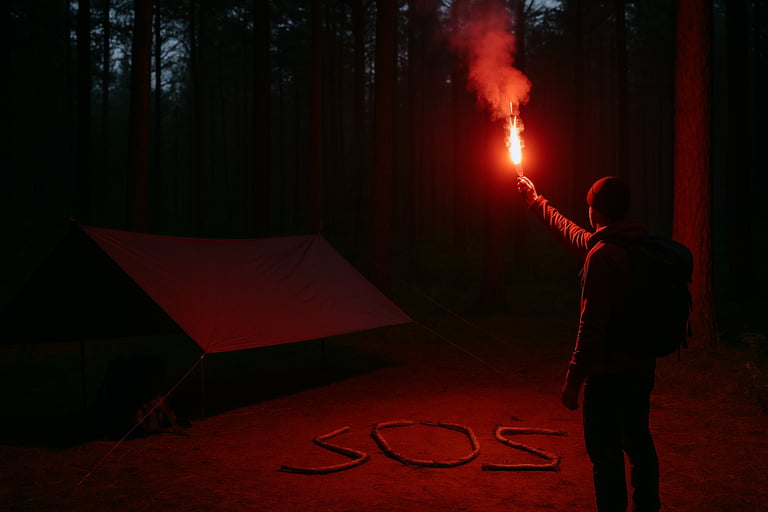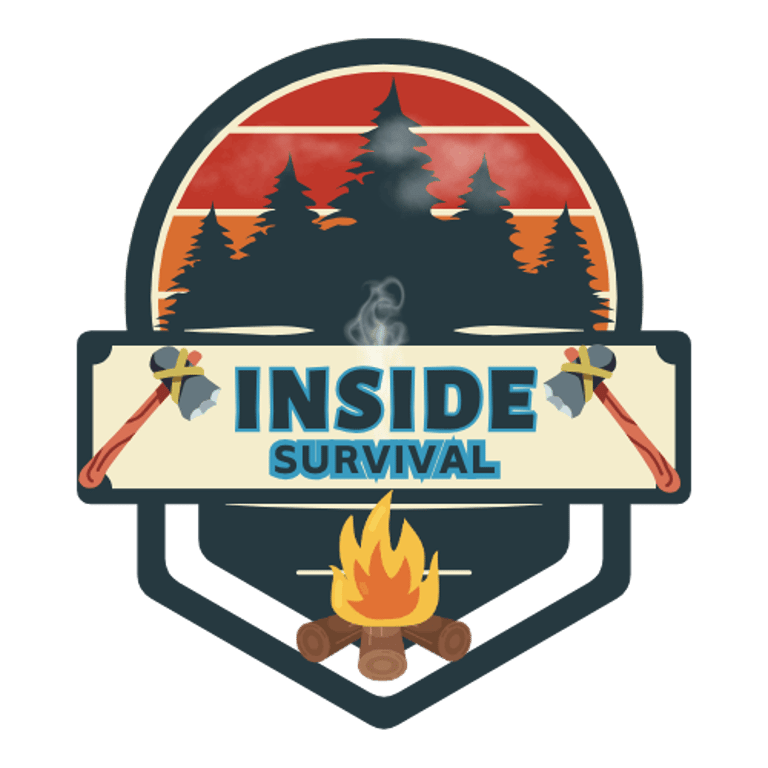Using Signaling Devices to Call for Rescue: How to Attract Help Fast in the Wilderness
Learn how to use signaling devices like whistles, mirrors, flares, and more to call for rescue in the wild. This beginner-friendly guide breaks down how to get noticed and improve your chances of being found fast.


Using Signaling Devices to Call for Rescue: How to Attract Help Fast in the Wilderness
Why Signaling Devices Matter in Wilderness Survival
When you're lost or stranded in the wilderness, getting someone's attention quickly could be the difference between a fast rescue and a long, dangerous wait. Signaling devices are designed to do just that — send loud, bright, or noticeable alerts to anyone nearby or even far away. While natural signals like fire or sound work in some cases, dedicated gear increases visibility and effectiveness, especially if you're injured, tired, or facing poor weather conditions. In stormy conditions, it’s also important to know how to survive thunderstorms in the wilderness while you wait for rescue.
Choosing the Right Signaling Device for Your Situation
There are many types of signaling tools, and each has strengths depending on the landscape and conditions. Whistles are lightweight and perfect for short-range audio signaling. Signal mirrors can be incredibly effective in daylight, flashing a beam that can be seen from miles away. Learn more about using reflective materials as signals to increase your daytime visibility during rescue situations. Flares — both handheld and aerial — are attention-grabbing, especially at night. In some cases, brightly colored signal panels or flags can be spotted from aircraft.
Think about where you're hiking. Dense forest? An audio signal may be best. Open skies? A visual cue like a mirror or flare could be more effective.
How to Use Audible Signaling Devices Like Whistles and Air Horns
A whistle may seem small, but it can carry a lot farther than your voice and doesn’t strain your energy. Use bursts in sets of three — a pattern recognized as a distress signal. Short blasts, repeated at intervals, will help rescuers zero in on your location. Air horns are louder and good for open terrain or if you're trying to get attention across a lake or valley. Just remember they usually have limited uses, so conserve them until you really need them.
Using Visual Signaling Devices: Flares, Mirrors, and Panels
Signal mirrors are powerful but need direct sunlight and a clear line of sight. Aim the flash toward a target such as a plane, boat, or distant ridge. Practice ahead of time so you’re ready if you ever need it. Flares should be used only when you believe help is nearby — they burn out quickly and shouldn't be wasted. Signal panels or reflective strips laid on the ground or waved from a high spot also work well for aircraft visibility.
Combining Signals for the Best Chance of Rescue
The best survival strategy uses multiple forms of signaling. Pair a whistle with a mirror. Use a flare and wave a jacket. Even basic tools like headlamps, emergency blankets, or reflective tape can be part of your rescue plan if used creatively. One great example is using flashlight signals for rescue, especially if you know how to flash the universal SOS code. Layer your methods so if one goes unnoticed, another might work.
When help could be hours or days away, every tool you bring becomes a lifeline. Packing a few small signaling devices — and knowing how to use them — is one of the smartest things you can do before heading into the wild. In a real emergency, your decision-making under pressure can determine how and when you use those tools to maximize your chances of rescue.




© 2025. All rights reserved About | Privacy Policy | Terms and Conditions | Affiliate Disclosure | Disclaimer


